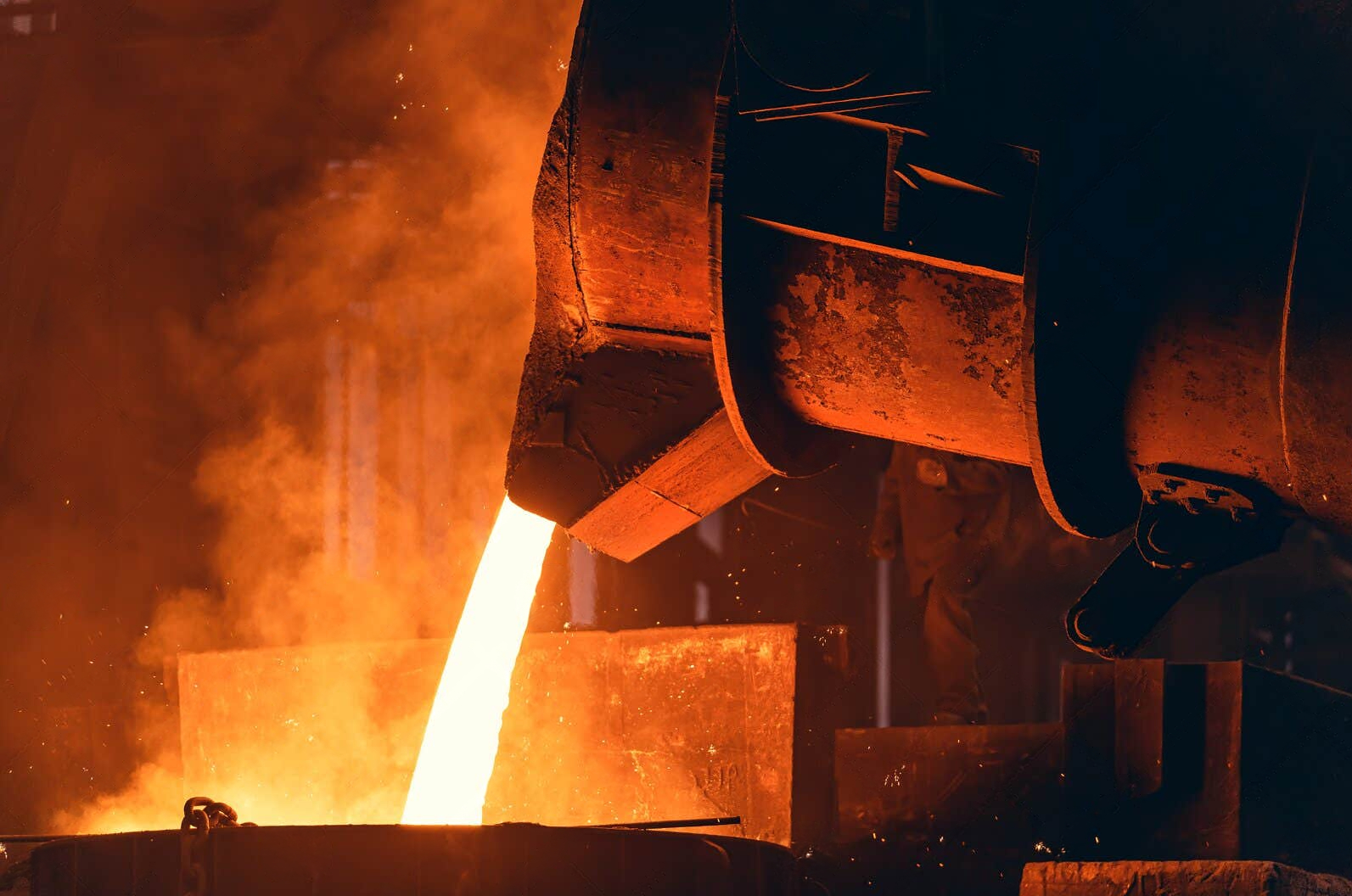ArcelorMittal's Tubular Products Plant Maintains Global Leadership with AVEVA
Ensuring reliable energy supply for global industry demands precision. ArcelorMittal’s Tubular Products plant in South Africa faced a 12-week deadline to meet strict API standards for oil and gas pipelines. Leveraging AVEVA System Platform, InTouch HMI, and Historian, the team modernized legacy systems, unified databases, and automated traceability, boosting compliance, efficiency, and plant turnover while reducing engineering costs.

ArcelorMittal's Tubular Products Plant Maintains Global Leadership with AVEVA
Ensuring reliable energy supplies for global industry is a non-trivial task that leaves no room for error. ArcelorMittal's Tubular Products division is responsible for the production and supply of seamless mainline and oil country tubular goods (OCTG) pipes for oil, gas, and construction companies worldwide. To remain a player in this global market, ArcelorMittal's Tubular Products plant in Vereeniging, South Africa, needed to upgrade its production facilities to meet new quality criteria developed by the American Petroleum Institute (API), with only 12 weeks to do so.
Given the severe consequences of equipment failures in oil or gas pipelines, the industry's focus on production standards is understandable. API standards address several key aspects of the oil and gas industry, including exploration and production, refining, fire protection and safety, quality control of petroleum products, and marine transportation.
These standards also cover offshore production, drilling, construction pipes, pipelines, health and environmental issues, valves, storage tanks, and more. The essence of API requirements is simple: "meet the standards or close the business."
"At least it clarified our tasks and left no doubt about what to do next," says João Bordalo, Chief Architect MES Demand.
Investment in AVEVA training pays off
The Tubular Products plant already uses AVEVA Historian (now part of AVEVA System Platform), AVEVA Historian Client, real-time production activity analysis and reporting software, AVEVA InTouch HMI, and the AVEVA System Platform.
"It made sense to continue using this product line," says Bordalo. "We also used our own visualization portal (ProcessNet) and Microsoft Reporting Services. Additionally, we considered AVEVA's best practices and invested in training on AVEVA System Platform and AVEVA InTouch HMI products."
From several to only one database
"Starting from scratch, it would have been impossible to implement this project in 12 weeks. But we were lucky in several areas," says Bordalo.
"The network and software were already deployed, so it was just a matter of adapting existing software tools to solve new tasks. All this, along with the use of best practices and professional operator training, allowed us to complete the project on time. In fact, we finished a week ahead of schedule."
According to Bordalo, who has been in this business for decades, short-sightedness never pays off.
"For example, we currently use only one database and could ignore this practical recommendation," says Bordalo.
"However, as the system expands, we will undoubtedly need access to other databases, and neglecting practical recommendations today means additional headaches in the future."
The "genealogy" of pipes, including their parameters (length, weight, ID, OD, responsible operator, etc.), is accumulated and stored in real-time as pipes are transferred from one plant division to another. Additionally, the pipes must meet straightness and roundness requirements, undergo ultrasonic testing, and fall within the tolerances defined by the ERP system. Based on the measurement results, a decision is made to accept or reject the pipes. All these efforts ensure that ArcelorMittal's Tubular Products division in Vereeniging meets all API requirements. The results speak for themselves.
Conclusion
application of standards reduces design costs and helps determine the paths for future projects. This is especially important when multiple development teams are involved in a project. The application of standards also reduces system maintenance costs, and object-oriented technology allows for easy redefinition of objects (e.g., parts of plants) and quick redeployment—an essential function of any development environment. Finally, adopting best practices helps avoid costly trial and error and better prepares the system to address future challenges.
Goals
- Reduce design time
- Develop standards for object representation and graphics
- Develop a standard for PLC tag naming
- Ensure reliable data tracking
- Operator reporting
Challenges
- 12-week implementation schedule
- Ensure the application of best practices
Solutions and Products
- AVEVA Historian Client
- AVEVA InTouch HMI
- AVEVA System Platform
Results
- Significant increase in plant turnover
- Complete product traceability
- Reduced engineering costs for system expansion or duplication through standardization
- AVEVA technology can serve as both vertical and horizontal integration means
- Standard environment as a solid foundation for future automation
AVEVA technology aligns with our strategic plans, and that's why we like it.